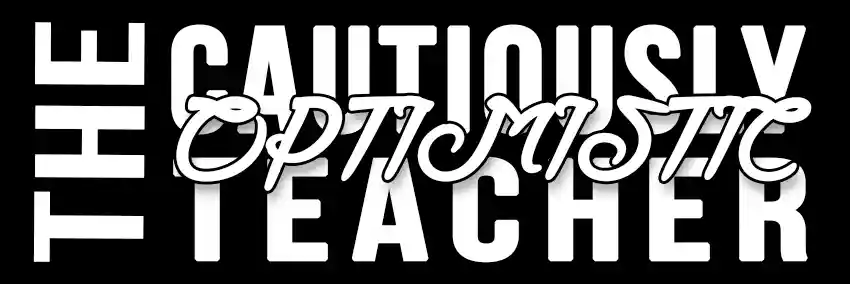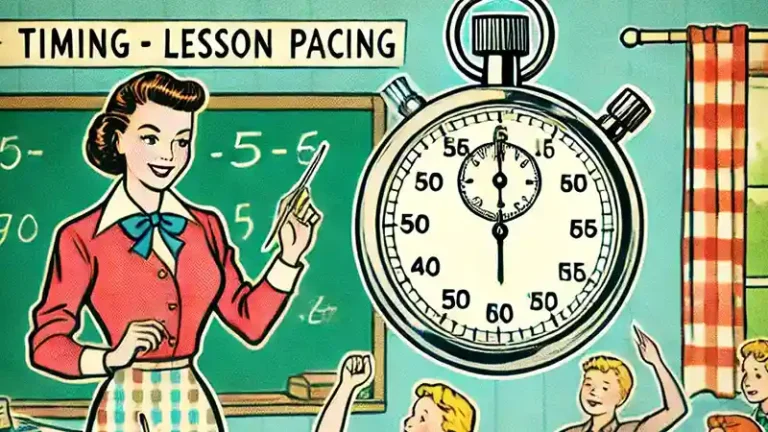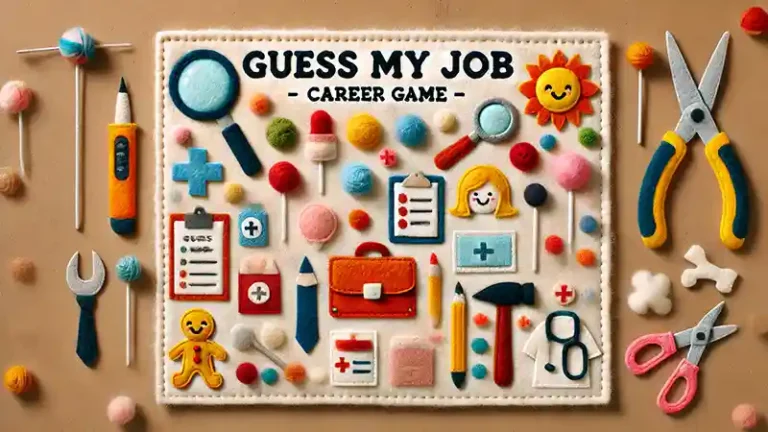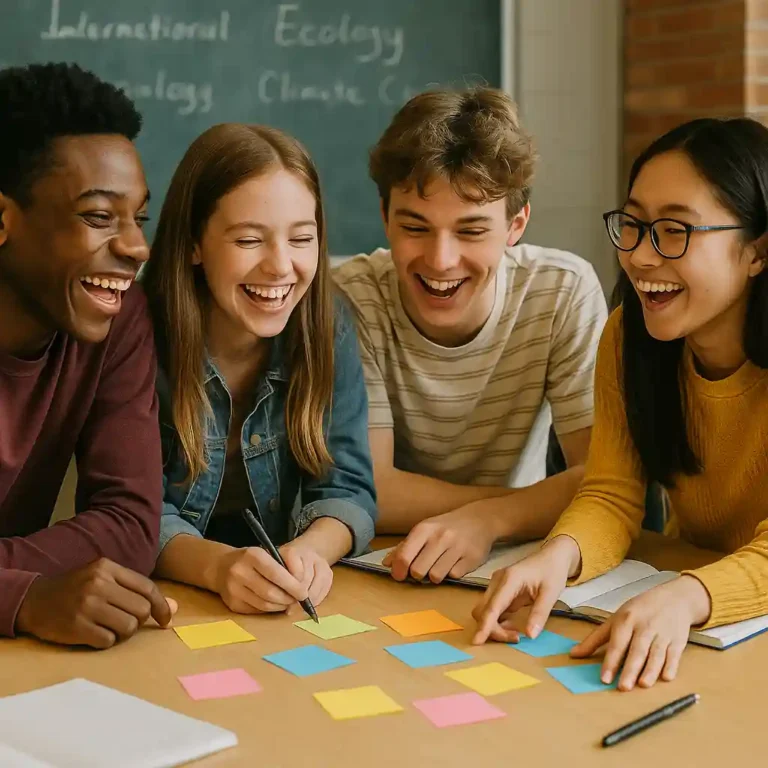Five Incredible Examples of Scaffolding in the Classroom
The Power of Scaffolding in the Classroom
As an educator, I have always believed in the power of scaffolding to support and enhance student learning. Scaffolding is a teaching technique that involves providing temporary support and guidance to help students develop the skills they need to succeed independently. It is like building a sturdy scaffold around a construction site, allowing workers to safely reach higher levels and complete their work. Similarly, in the classroom, scaffolding provides students with the necessary tools and support to achieve their educational goals.
Scaffolding in the classroom can take many different forms, depending on the needs and abilities of the students. It can involve breaking down complex tasks into smaller, more manageable steps, providing explicit instruction and modeling, offering prompts and cues, and gradually reducing support as students become more proficient. The ultimate goal of scaffolding is to empower students to take ownership of their learning and become independent thinkers and problem solvers.
Five Incredible Examples of Scaffolding in the Classroom
1. Graphic Organizers
One effective way to scaffold student learning is by using graphic organizers. These visual tools help students organize their thoughts, ideas, and information, making complex concepts more accessible. Graphic organizers can take the form of concept maps, Venn diagrams, flowcharts, or even simple outlines. By providing a clear structure, graphic organizers enable students to see the connections between different ideas, analyze information, and generate new insights.
For example, when teaching a literature unit, I often use a story map graphic organizer to scaffold students’ understanding of the plot, characters, and setting. This allows them to visualize the story’s structure and elements, making it easier for them to comprehend and analyze the text.
2. Think-Alouds
Another powerful scaffolding strategy is the use of think-alouds. Think-alouds involve verbalizing one’s thoughts while completing a task or solving a problem. By modeling the thinking process, teachers can demonstrate how to approach a task, make decisions, and solve problems step-by-step. This helps students develop metacognitive skills and gain insight into the cognitive processes involved in a particular task.
For instance, when teaching a math concept, I often use think-alouds to demonstrate the problem-solving process. I talk through each step, explaining my reasoning and strategies. This gives students a clear model to follow and supports their own problem-solving abilities.
3. Peer Collaboration
Scaffolding can also be facilitated through peer collaboration. When students work together, they have the opportunity to discuss, elaborate on ideas, and learn from one another. Group work promotes active engagement, enhances communication skills, and fosters a sense of community in the classroom.
For example, during a science experiment, I encourage students to work in pairs or small groups. This allows them to share their observations, ask questions, and brainstorm possible explanations. By collaborating with their peers, students can make sense of complex concepts and build on each other’s knowledge.
4. Sentence Starters
Sentence starters are a simple yet effective way to scaffold students’ writing. They provide students with a jumping-off point and help them structure their thoughts and ideas. Sentence starters can be used for various types of writing, such as introductions, conclusions, or even paragraph development.
For instance, when teaching persuasive writing, I often provide students with a list of sentence starters like ‘In my opinion,’ ‘I believe that,’ or ‘One reason is.’ These prompts guide students in formulating coherent arguments and expressing their opinions effectively.
5. Guided Reading
Guided reading is a valuable scaffolding technique for developing students’ reading skills. During guided reading sessions, teachers work with small groups of students, providing targeted instruction and support. The teacher guides students through the reading process, using strategies such as questioning, clarifying, and summarizing.
For example, during a guided reading session, I might ask students open-ended questions to check their understanding and encourage critical thinking. I also provide timely feedback and corrective guidance to help students improve their reading comprehension skills.







